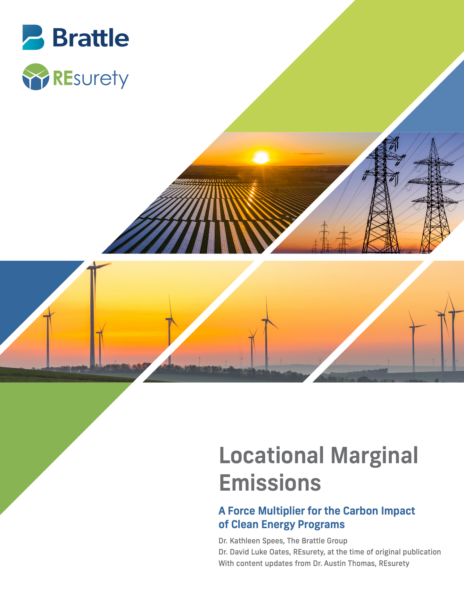April 12, 2024
A Force Multiplier for the Carbon Impact of Clean Energy Programs

EXCERPT: While the impressive growth in clean energy development is an encouraging signal that we can tackle the harms of greenhouse gases and climate change, we should remember that clean energy deployment itself is not the ultimate goal. Tracking environmental goals in traditional units of MWh of clean energy is an outdated and imprecise approach that does not measure the carbon emissions reductions actually achieved. For example, clean resources in locations where high-emitting fossil plants cannot be retired for reliability reasons have high carbon abatement value, as do clean resources whose output aligns with times of high emissions intensity on the grid. Batteries and hybrid resources that can shape clean energy injection to maximize carbon abatement can also provide decarbonization benefits that are ignored by traditional MWh-based accounting.
There is a better way to measure and incentivize clean energy resources. We propose that customers, markets, and policymakers embrace the concept of Locational Marginal Emissions (LMEs) as a force multiplier for directing their clean energy program dollars to maximize carbon impact. In our 2-year analysis of renewable energy projects across Texas, we found that directing clean energy deployment to the highest-value renewable projects has the potential to double the carbon impact as compared to a more traditional annual energy matching approach. Setting goals and measuring performance using carbon-based metrics can help organizations select generation technologies, make siting decisions, and operate resources to minimize their carbon footprint.
Fill out the form to access the full white paper.
"*" indicates required fields

